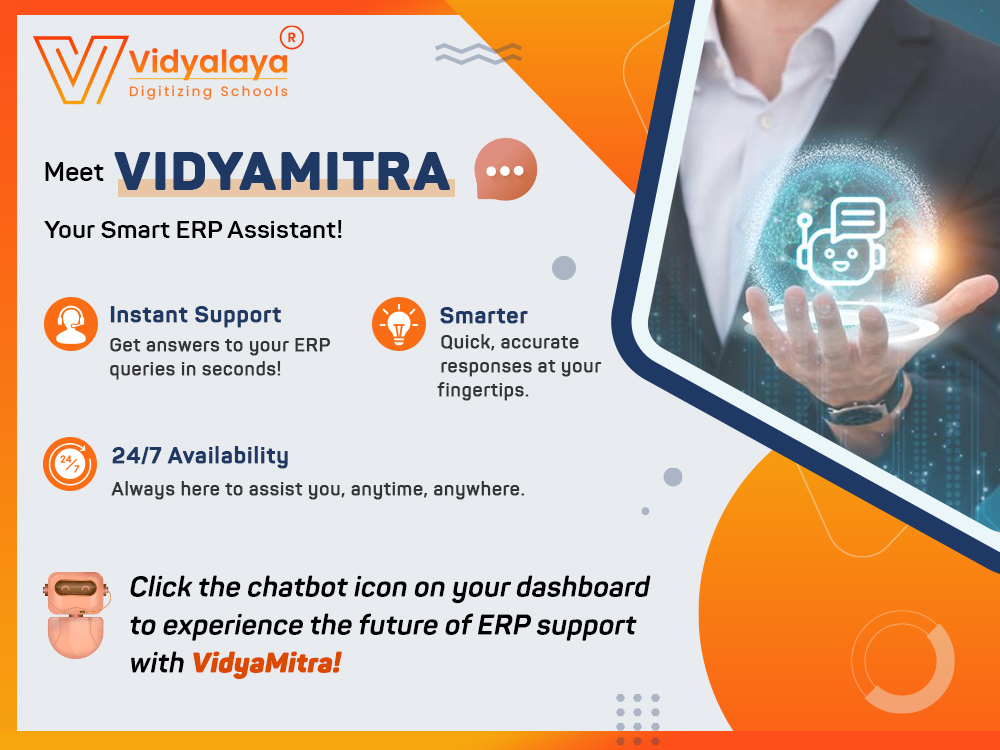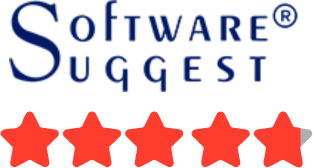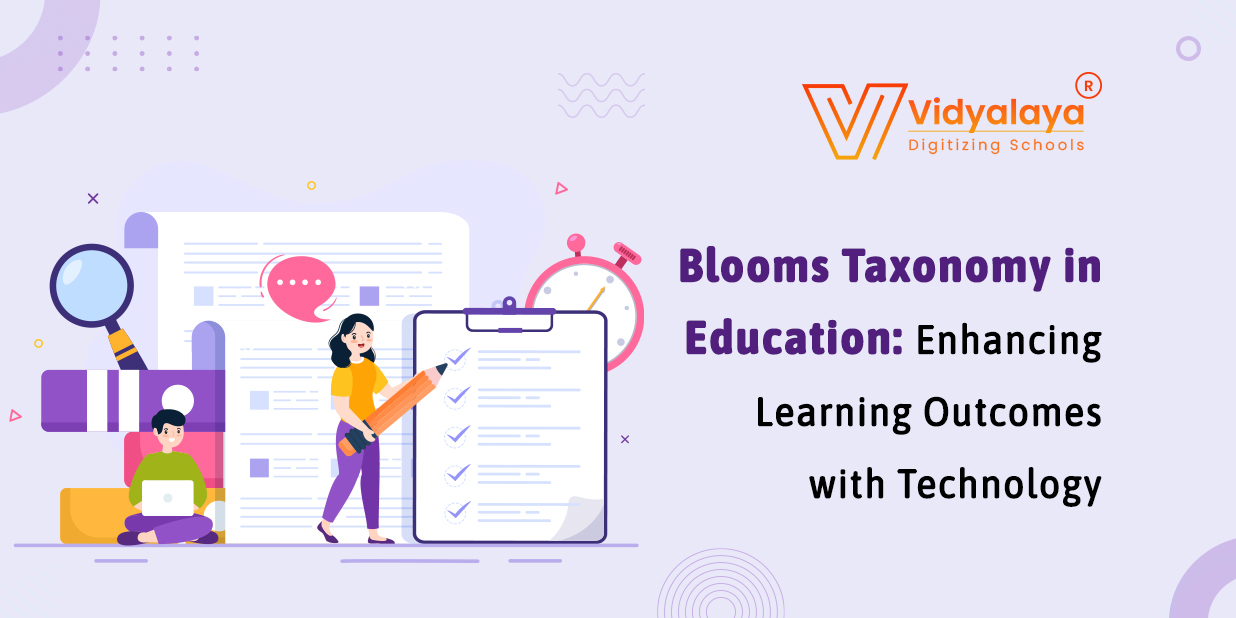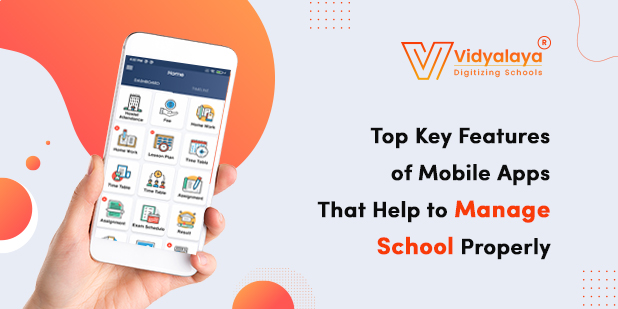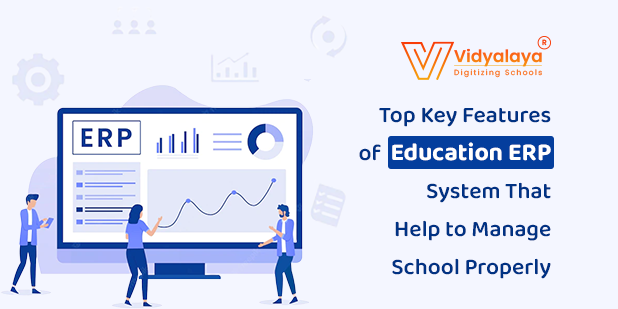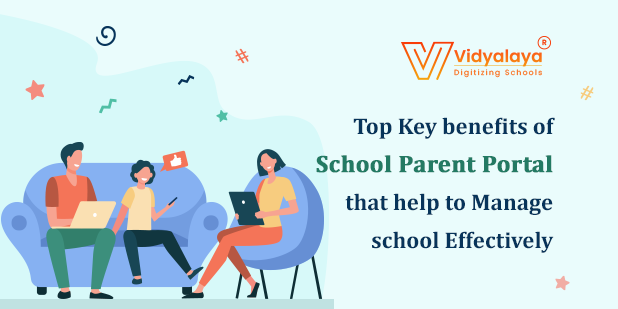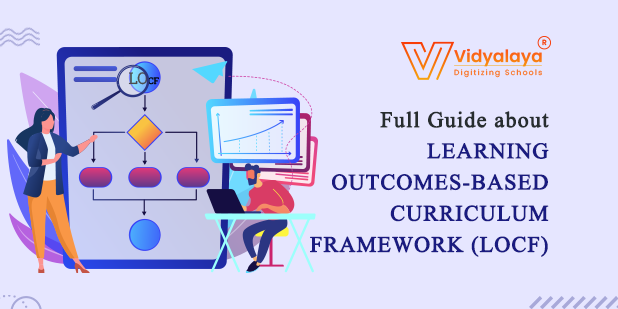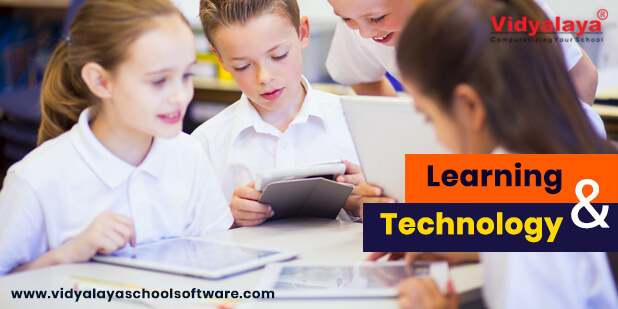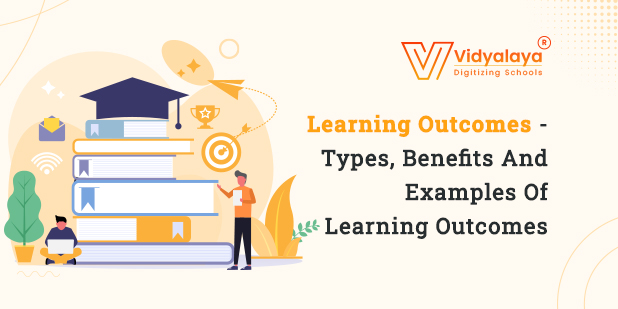While appearing for any language exam in academics, we often come across the unseen passage question. We need to understand and comprehend the passage to answer the questions below the passage. Thus, we are just following Bloom’s taxonomy here! We read, analyse, understand, question, and recall whatever is conveyed through the passage. This is nothing but categories mentioned by Bloom’s taxonomy. With the advancement of technology, we can leverage the process and optimize the learning outcome.
Revolutions in the education sector are redefining the learning approaches and optimizing the experiences. Ideally, an education system should cater to all students irrespective of their abilities. However the traditional learning system circles around the exams and grades. Blooms taxonomy has it all to serve the purpose of education and drip down the learning process.
What is Bloom’s Taxonomy?
Bloom’s taxonomy defines and classifies cognitive objectives for learning through various thinking, learning, and understanding stages. This pedagogical framework assesses the learner’s cognitive development, and the hierarchy helps to track the learner’s understanding. Blooms taxonomy was designed by Benjamin Bloom in 1940 and divided cognitive learning into six levels.
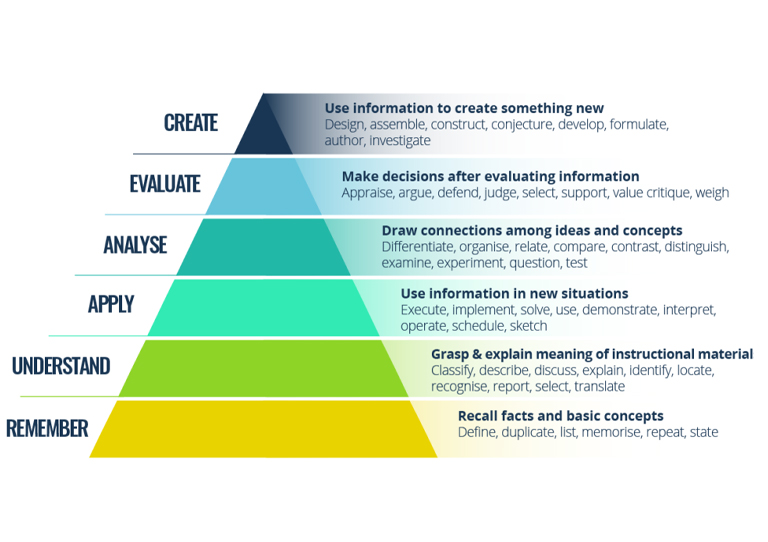
Source: Bloom’s Taxonomy
Despite being developed almost a decade ago, educational institutes are using it for curricula, exams, and teaching strategies improvement. According to the bloom’s taxonomy, there are three major categories of learner’s understanding:
- Intellectual/cognitive domain
- Emotional/affective domain
- Psychological motor/psychomotor domain
Integrating Technology Within Bloom’s Taxonomy!
Technological advancements in the education sector have reshaped Blooms taxonomy implementation to make it a perfect fit for today’s outcome-based education. Technology integration empowers educators to map teaching strategies into Bloom’s taxonomy concepts and assesses the learner’s progress in terms of learning outcomes. This is where Bloom’s digital taxonomy comes to aid. This pedagogical framework extends support to teachers in utilizing technological tools to promote effective learning. Teachers can adapt five parts of technological integration for effective learning experiences as follows:
1. Entry:
The entry point of technological integration begins with the use of tools or technology to explain a topic. Teachers can illustrate the topic using PowerPoint presentations or engage students with different in-class activities like improving computer skills. Here, learners can learn to operate computer programs or watch educational videos.
2. Adopt:
In the second phase, teachers need to make informed decisions about whether to continue without technological aid or adopt a progressive approach to teaching. They also need to consider the best ways to integrate technology into their teaching strategies. Using different tools, teachers can use various educational platforms to keep the students engaged with videos, summaries, and discussions.
3. Adapt:
Once confirmed, technology becomes an integral part of learning where learners enjoy the freedom of choice to use different tools. At this stage, they have more knowledge and comprehension about the tools and technology than the beginner or adoption level. They can use tools to improve the learning process. For example, they can upgrade the research and analysis process using dedicated tools. Methods such as simulation-based learning help learners to address real-life problems.
4. Infusion:
In the infusion stage, teachers infuse different tools to address students’ requirements and try to enrich the learning experience. Here, learners are expected to develop conceptual and procedural knowledge of technology tools. They can also explore the different features of the tools.
5. Transformation:
Using the tools flexibly is the core aim once you reach the transformation level. Further, learners use self-gained knowledge to achieve learning goals.
EdTech Examples Across blooms taxonomy levels:
Looking theoretically all perfect, EdTech companies have blended Bloom’s taxonomy in the products. Here is a practical look at how EdTech tools can align with the levels:
- Remember: Digital flashcards
- Understand: Video tutorials
- Apply: coding apps and virtual labs
- Analyse: different data analysis tools like MS Excel, Google Sheets
- Evaluate: debate platforms and peer review tools
- Create: Multimedia production tools.
Challenges and Considerations in Technology Integrations in Blooms Taxonomy:
There are certain challenges in technology integration in Bloom’s taxonomy which are mentioned below:
- Not all students have adequate access to technology so sometimes it becomes difficult to implement the technology.
- Also, teachers also need to ensure that the sole focus is on learning outcomes not on the technology. Technology is there only to boost critical thinking and creativity.
- Teachers also need to be well-versed with the technology and it may not be the same proficiency for all teachers. Teachers from rural areas may not have access to expose themselves to the technological world and upgrade themselves.
- Often learners are stuck at the beginner levels of the taxonomy. Teachers need to be creative in designing activities to promote analysis, assessment, and creativity.
Conclusion:
The popular term ‘one-size-fits-all’ is not true in the case of education, and Bloom’s Taxonomy highlights that the individual student’s journey is different. It cherishes several learning practices and evaluation techniques that surge as a beacon of revolution in the education system. Bloom’s Taxonomy believes in commencing the subject knowledge from the basics and then progressing toward the more complex and advanced steps.
Vidyalaya, a leading name in the EdTech industry honors this pedagogical framework and blends it into the products to enhance the learning experience. It categorizes cognitive skills and automates the whole process with sharp intelligence and ease. Implementing Bloom’s Taxonomy into education is never a never-ending process and no matter in which phase you are in; we are here to join you and take you forward! Get in touch with us to know more!

